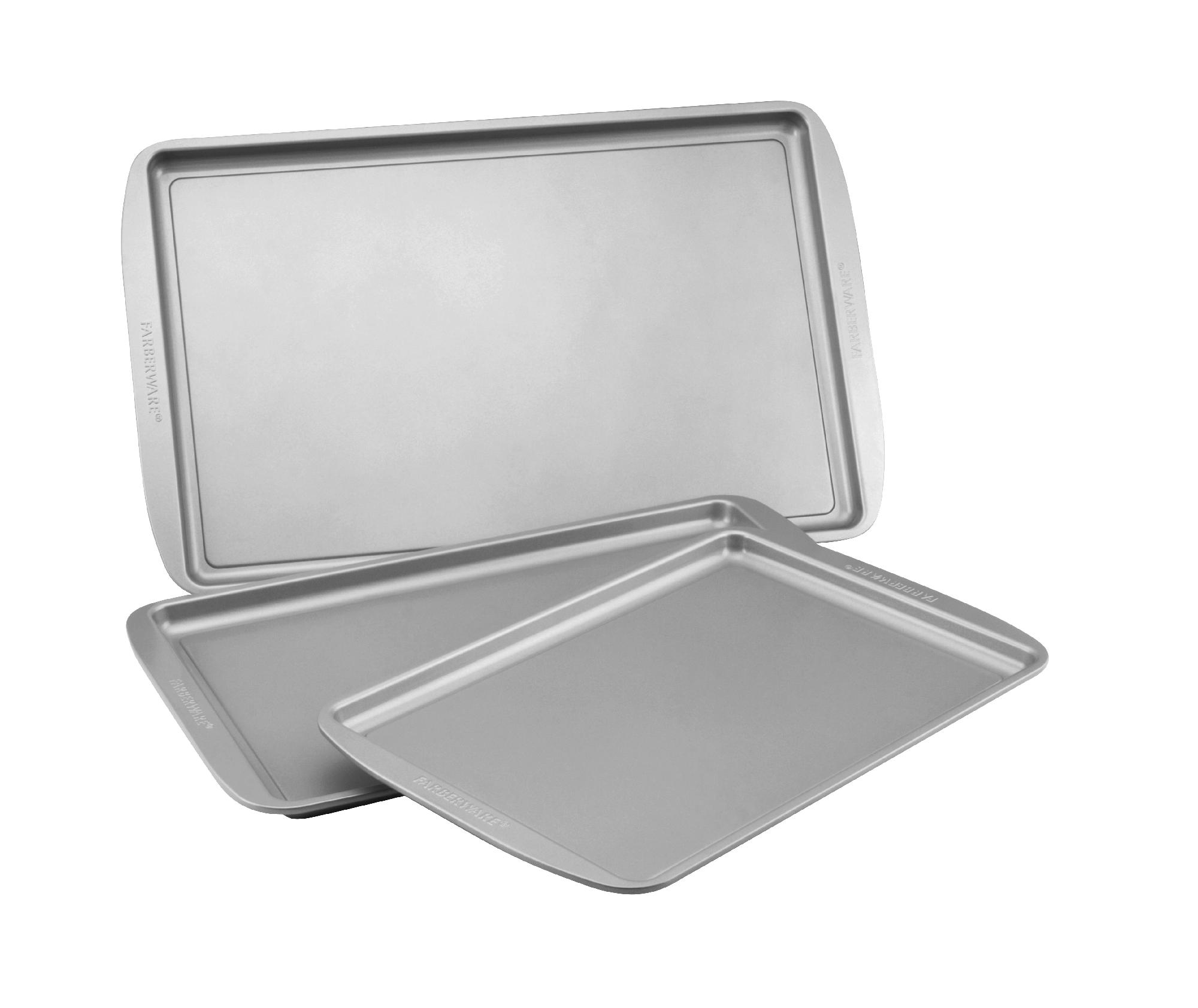Exercise is very important for those with arthritis, but sore joints make working out a nightmare. It has emerged from research that exercise can help minimize arthritis pain and enhance the range of motion. For this reason, exercise is now a crucial component of arthritis management. To supplement exercise to keep fit and have a healthy weight, you can consider taking some beneficial steroids. You can easily get great steroids, such as mr proviron 25, from reliable vendors online.
There is a need for extra care to ensure that persons with arthritis get the most benefits from exercise while minimizing the chances of getting injured and experiencing pain from sore joints. Some issues that call for attention are as follows.
1. Talk to your doctor before starting your exercise
Discuss with your doctor about incorporating exercise into your treatment plan. The exercises that may suit you will be determined by your type of arthritis and the joints that are affected. It will be possible for your doctor, with your input, to settle on an exercise routine that yields the highest benefits to you with the least escalation of your pain in the joints.
2. Craft an arthritis-friendly workout
The beneficial workout program for arthritic people is made up of several components which should be done in a certain sequence:
The warm-up – it is crucial to warm up before every workout session. Take about five or more minutes walking or doing some cardio at a slow pace to warm up. You can also expose your joints to some heat before a workout to get them loose. Warm-up reduces incidents of injury and pain.
Exercises – three types of exercises are very important for arthritic persons:
Flexibility exercises – these are also called ‘stretching exercises’ and are of essence to arthritis patients, making it necessary to perform them at least once per day. They help to enhance the patient’s range of motion and ease daily movements. After warming up, the next 15 minutes or so should go into flexibility exercises. Examples of the range-of-motion exercises are mind-body disciplines like yoga and tai chi. To benefit from stretching exercises, the following are important tips:
· Make movements soothingly, slowly, and consciously
· Avoid forcing yourself to perform past even a little distress
· Do the stretching in a warm area as it will relax muscles and make movements easier.
Strength training exercises – these are important for promoting muscle development around sore joints. They should be performed everyday after your flexibility exercises. They comprise of an isometric workout (work muscles while joints are immobile like clenching your thigh muscles as you lay on your back,) and isotonic exercises (work muscles as they move or bend the joint, for example, the leg press). Some crucial tips for maximum benefit from strength training exercises are:
· Allow yourself some time, like a day, between strength training sessions so that muscles can recover.
· Make adjustments gradually – do not go for heavy weights too early
· In case of experiencing joint pain, reduce the weight that you are lifting or lower the resistance. You can also change for another exercise that involves the same muscle group.
Aerobic exercise – it is advisable to incorporate aerobic exercise into your workout program when you can handle both flexibility and strength training exercises with ease. They promote your overall wellbeing, but be cautious to choose the suitable or right aerobic activities for your case. The following tips will give you greater success from aerobic exercise:
· Refrain from high-impact activities such as jogging and running which are unsuitable for arthritis patients. Walking is a good activity.
· Check out non-impact aerobic activities. Good workouts include water aerobics, swimming, and bicycling
· Make it your goal to do aerobics three or four times a week. In the climax, aim to go for 30 minutes within the heart range suggested by your physician. However, start low, even at five minutes.
· Be keen on your body – if you get pain lasting more than an hour after an aerobic workout, your joints have got swollen, weak, or stiff, talk to your doctor or therapist to get advice on how to modify your workout.
Cooling down
This is the last and an essential part of any exercise. It allows the body to benefit from the workout and recover from each exercise. Some ways to cool down are:
· End the exercise gradually – similar to warming up, ensure you allow your body at least five minutes to cool your joints and muscles. Perform aerobic exercise more slowly to decrease your heart rate, and do some stretches instead of stopping exercise suddenly.
· Take a soak – spending some time in a sauna, steam room, or a warm whirlpool is a good idea to loosen up the muscles and joints from the impact of exercise.
· Cold treatment – ice or cold packs can minimize inflammation if applied to sore joints.
Conclusion
You can still enjoy the benefits of exercise which will provide you with benefits further than a healthy heart, despite having arthritis, if you put in some extra caution. Exercise is crucial for your overall health, keeping your body mobile, and an enjoyable life.





